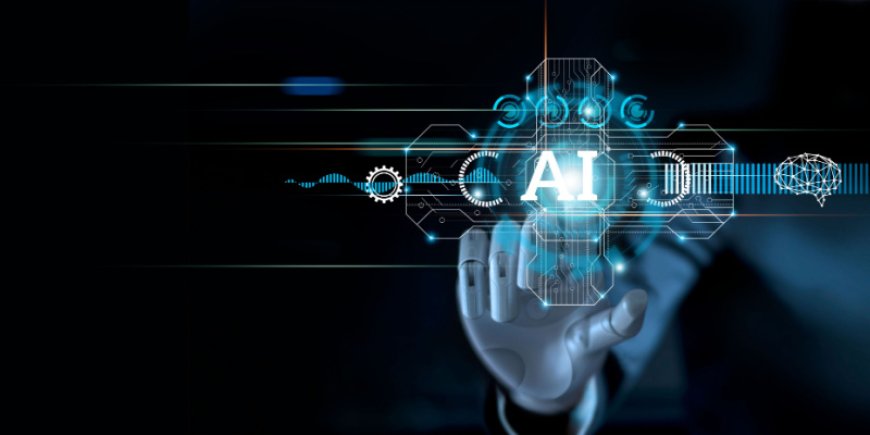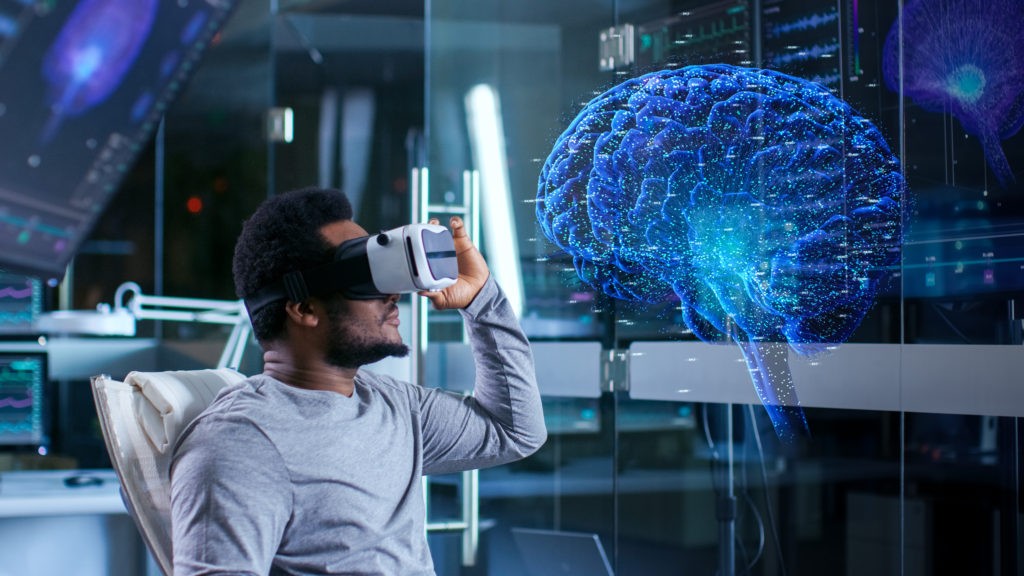
Introduction: The Dawn of the AI Era
Artificial Intelligence (AI) is no longer just a futuristic concept; it has become an integral part of our daily lives. From simplifying mundane tasks to solving complex problems, AI’s omnipresence is reshaping the world as we know it. This blog embarks on an exploratory journey into the AI era, uncovering its multifaceted applications and the profound impact it has on various sectors.
The Evolution of AI: A Journey Through Time
The Genesis of AI: From Theory to Reality
The story of AI began in the mid-20th century, rooted in the quest to understand whether machines could think. Early pioneers like Alan Turing set the stage with groundbreaking ideas, leading to the development of the first AI programs in the 1950s. These programs, though primitive, demonstrated the potential of machines to emulate human-like problem-solving skills.
The AI Winter and Renaissance
Despite early enthusiasm, progress in AI faced setbacks, known as the “AI Winter,” due to inflated expectations and limited technology. However, the 21st century ushered in a renaissance in AI research, fueled by advances in computational power and data availability. Machine learning, a subset of AI, emerged as a powerful tool to train computers to learn from data, leading to breakthroughs in pattern recognition, language processing, and decision-making.
Core Technologies Powering AI
Machine Learning: The Heart of AI
Machine Learning (ML) is at the core of AI’s success. By using algorithms to parse data, learn from it, and then make determinations or predictions, ML has enabled AI to evolve rapidly. Key ML techniques include supervised learning, unsupervised learning, and reinforcement learning, each with unique applications in various domains.
Deep Learning: Mimicking the Human Brain
A subset of ML, Deep Learning (DL), has revolutionized AI’s capabilities. Inspired by the structure and function of the brain, DL utilizes neural networks with multiple layers (hence “deep”) to process data. This approach has significantly advanced fields such as computer vision and natural language processing, making AI systems more intuitive and intelligent.
AI in Daily Life: Transforming the Ordinary
Smart Assistants: Your Personal AI
Smart assistants like Siri and Alexa have become household names, assisting with tasks ranging from setting alarms to controlling smart home devices. These AI-powered tools learn from each interaction, becoming more personalized and efficient over time.
AI in Smartphones: Enhancing User Experience
AI in smartphones goes beyond voice assistants. It enhances photography through automatic scene detection, optimizes battery life by learning user habits, and secures devices with facial recognition. These features, driven by AI, significantly improve the user experience and device performance.







Simply desire to say your article is as surprising The clearness in your post is simply excellent and i could assume you are an expert on this subject Fine with your permission let me to grab your feed to keep up to date with forthcoming post Thanks a million and please carry on the gratifying work
Mygreat learning Hi there to all, for the reason that I am genuinely keen of reading this website’s post to be updated on a regular basis. It carries pleasant stuff.